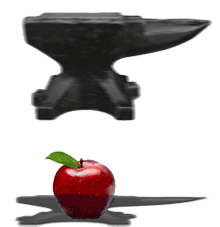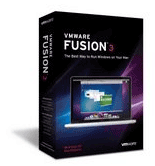 So help me, I like Windows 7. Its emphasis on staying out of users faces whenever possible is a huge sea change that makes it the most pleasant version of the OS in eons. I’ve been running various pre-release iterations for a year now, and look forward to booting into the thing–a radical improvement over Vista, which usually had me gritting my teeth as I pressed the power button. Here’s a long and favorable review which I wrote for PC World.
So help me, I like Windows 7. Its emphasis on staying out of users faces whenever possible is a huge sea change that makes it the most pleasant version of the OS in eons. I’ve been running various pre-release iterations for a year now, and look forward to booting into the thing–a radical improvement over Vista, which usually had me gritting my teeth as I pressed the power button. Here’s a long and favorable review which I wrote for PC World.
But as Windows-reviewing pundits go, I’m relatively cautious. Windows 7 may be launching today, but there are things we won’t know about it until millions of people try to install it on millions of PCs, each of them unique. And there are other aspects of the OS whose success is contingent on work yet to be done by parties other than Microsoft. Like, for instance, Device Stage, the new feature which lets makers of cameras, printers, and other gadgets create customized user experiences within Windows 7.
When I wrote that PC World story a few weeks ago, I tried to review Device Stage and gave up: None of the gizmos I plugged in gave me the results that Microsoft was touting for Device Stage. The company told me that manufacturers were still readying their Device Stage support in preparation for Windows 7’s launch day. Well, that day is here–so I’ve been revisiting Device Stage on a couple of Windows 7 PCs. My experimentation is limited and unscientific. But so far, it’s left me completely disappointed with the feature.

 Later today in New York City, Microsoft will be hosting its Windows 7 launch event. I won’t be there, but I have a good excuse: I decided to stay home in San Francisco and go to the last day of the Web 2.0 Summit to see
Later today in New York City, Microsoft will be hosting its Windows 7 launch event. I won’t be there, but I have a good excuse: I decided to stay home in San Francisco and go to the last day of the Web 2.0 Summit to see 
 Among the many questions that
Among the many questions that  Microsoft CEO Steve Ballmer isn’t so sure about how folks are going to respond to Windows 7. As
Microsoft CEO Steve Ballmer isn’t so sure about how folks are going to respond to Windows 7. As  Was it really only a little over three years ago that the formerly fanciful notion of being able to run Windows apps within OS X without major limitations
Was it really only a little over three years ago that the formerly fanciful notion of being able to run Windows apps within OS X without major limitations  9 to 5 Mac is reporting on
9 to 5 Mac is reporting on